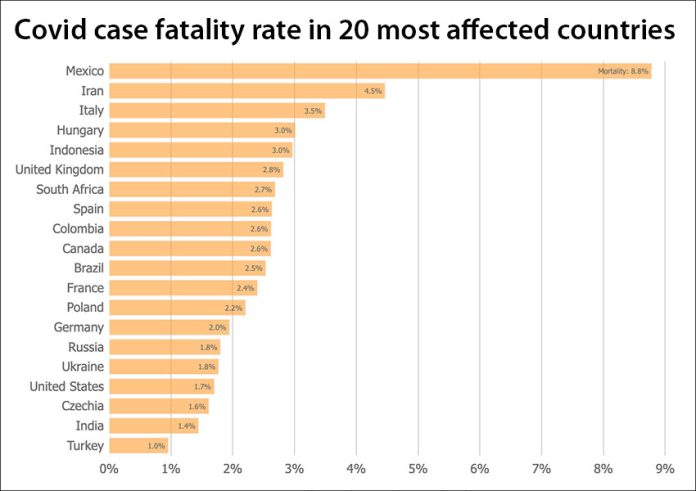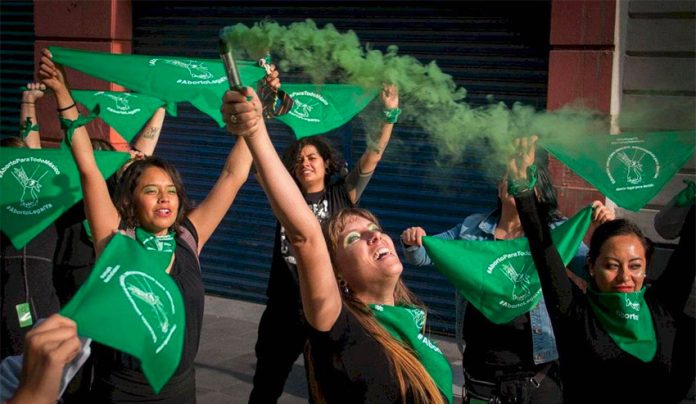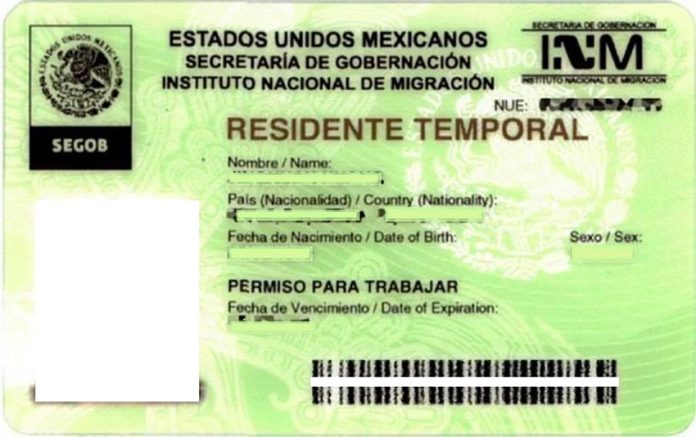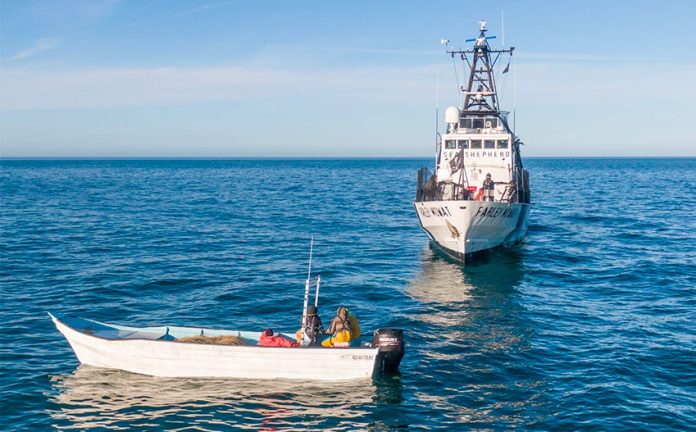Yemen is the only country in the world with a higher Covid-19 case fatality rate than Mexico, according to data compiled by Johns Hopkins University.
With just under 1.45 million confirmed cases and an official death toll of 127,213 as of Sunday, Mexico’s fatality rate is currently 8.8 per 100 cases. Yemen, which has officially recorded 2,101 cases and 610 deaths, has a fatality rate of 29, according to data published by the university’s Coronavirus Resource Center.
The rate in Mexico, which ranks 13th in the world for coronavirus cases and fourth for deaths, is more than five times higher than that of the United States, which ranks first for both total cases and deaths. It is more than three times higher than the rate in Brazil, which ranks third for cases and second for fatalities, and over six times higher than that of India, which ranks second for cases and third for deaths.
A range of factors, including the high prevalence of chronic diseases such as hypertension and diabetes and the failure by many people who are ill with Covid-19 to seek timely medical care, undoubtedly contribute to the high fatality in Mexico but the main cause is almost certainly the low testing rate.
Mexico has only performed about 28,000 tests per 1 million residents, according to data published by German statistics portal Statista, a figure much lower than most other countries.
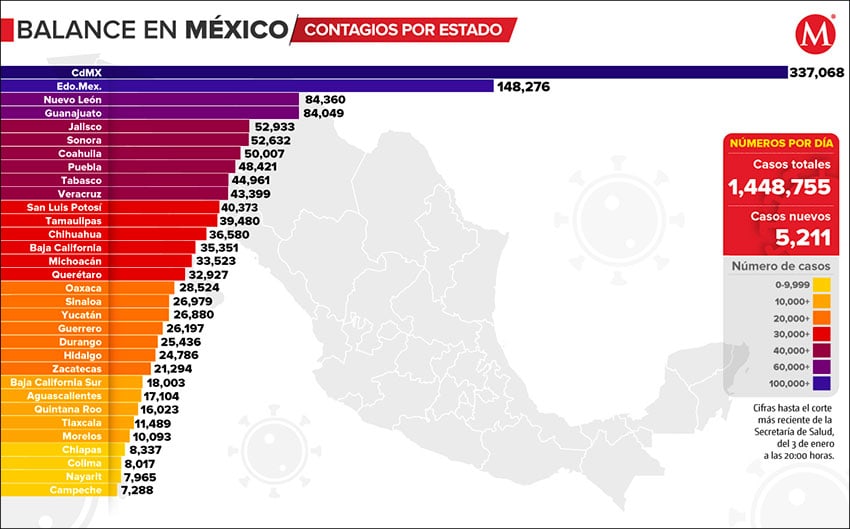
The United Kingdom, for example, has performed more than 800,000 tests per 1 million inhabitants, while the United States has tested almost 780,000 of every 1 million residents. Many Latin America countries, including Chile, Peru, Colombia and Brazil, are testing far more people on a per-capita basis than Mexico.
“Mexico is one of the countries [which has performed] the least number of tests,” Rodolfo de la Torre, director of social development at the Espinosa Yglesias think tank, told the newspaper El Universal.
“Although the government has insisted on saying that [testing] has no major relevance, it can have an influence on the fatality rate,” he said.
Alejandro Macías, an infectious disease doctor, a member of the National Autonomous University’s coronavirus commission and the federal government’s point man during the swine flu pandemic in 2009, criticized the government for not testing more widely and not advocating strongly enough for face masks.
“When it recommended masks there were always buts,” he told El Universal.
As for testing, the government has deemed the practice “useless and costly,” a position for which it has been widely criticized.
While the fatality rate can be interpreted as a damning assessment of the government’s management of the pandemic, Mexico has fared somewhat better in terms of its mortality rate, a point President López Obrador and other officials have been at pains to emphasize at different times during the almost year-long coronavirus crisis.
With 100.8 Covid-19 deaths per 100,000 residents, Mexico currently has the 17th highest mortality rate in the world behind countries including Belgium, Italy, Peru, the United Kingdom, Spain and the United States.
Unlike some countries, Mexico never saw a sustained reduction in case numbers and Covid-19 deaths, consistently recording thousands of the former and hundreds of the latter on a daily basis.
More than 12,000 cases were recorded on each of the final three days of 2020 and more than 11,000 were registered on New Year’s Day. The daily case rate dropped to 6,359 on Saturday and 5,211 on Sunday but those figures are likely reflective of a decline in testing over the weekend rather than a reduction in the virus threat.
Hospital occupancy levels remain a concern in Mexico City and México state, where 85% and 81% of general care beds are in use, respectively, according to federal data. Occupancy rates in each of Guanajuato, Hidalgo and Nuevo León are above 70%.
In Querétaro, where 56% of general care beds are occupied across the health system, some hospitals are completely full, the state government said. Querétaro health authorities warned that coronavirus patients may have to travel hundreds of kilometers to find a hospital bed if facilities closer to their place of residence are already full.
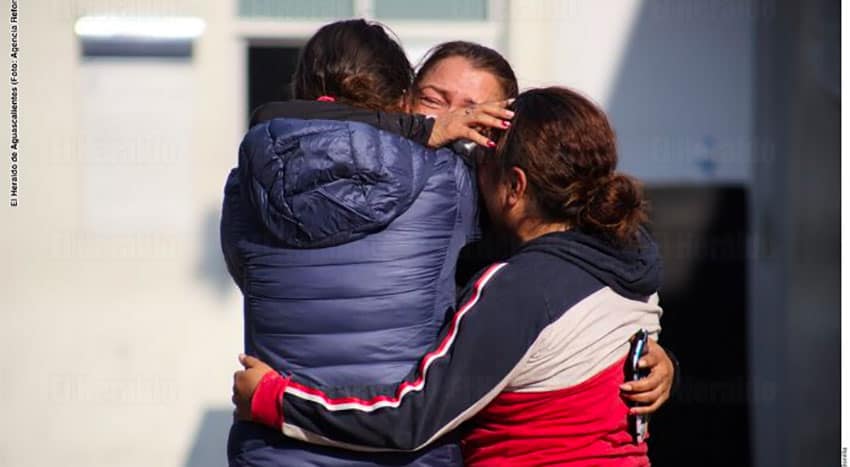
There are currently just under 2,000 active cases in the Bajío region state, according to federal Health Ministry estimates. Currently “high” risk orange on the coronavirus stoplight map, Querétaro has recorded just under 33,000 confirmed cases and 1,973 Covid-19 deaths since the start of the pandemic.
Meanwhile, the Guerrero government has decided to return Acapulco, Zihuatanejo and Chilpancingo to the orange light risk level after they turned yellow light “medium” risk for two weeks over the Christmas-New Year holiday period, a switch that allowed hotels, restaurants and other establishments to increase their maximum permitted capacities.
Governor Héctor Astudillo announced Sunday that the three municipalities would come back into line with the rest of the state – which has been orange since September – and as result capacity levels were to be reduced on Monday. Despite the easing of restrictions in the state capital and Guerrero’s two most popular tourism destinations, visitor numbers were not as high as expected, the governor said.
Astudillo said that coronavirus numbers remained stable in the state (it currently has an estimated 736 active cases) but added that the impact of the influx of 193,000 tourists over the vacation period will be seen in the coming days. Photos show visitors to popular beaches in Acapulco failing to observe social distancing recommendations and other measures to avoid transmission of the coronavirus.
The Pacific coast resort city has recorded more confirmed coronavirus cases and Covid-19 deaths than any other municipality in Guerrero.
The southern state, one of Mexico’s poorest, has recorded just over 26,000 cases since the start of the pandemic, the 20th highest tally among the 32 states, as well as 2,622 fatalities attributable to the infectious disease. The fatality rate there is 10.1 per 100 cases, 15% higher than the national rate.
Mexico News Daily
